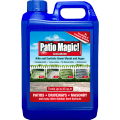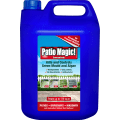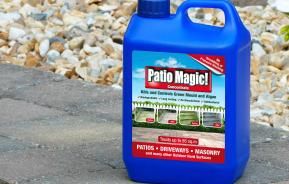Many gardeners get concerned when they see the grey, green, yellow or orangey lichens growing on the branches of their trees and shrubs, thinking they are a disease. They are, in fact, quite harmless.
Description
Lichens are non-parasitic plant-like organisms that colonise the bark of trees and shrubs, as well as fences, rocks and even paving slabs. Most have an encrusted growth pattern, but some form leafy mats or hanging growth.
They do not harm the plants they grow on, but because they more commonly grow on plants that are already stressed, weak or lack vigour, many people think they are the cause of the problem. Some people actually like them, as they give a mature look to the garden.
Lichens prefer areas with clean air and moist or damp conditions – although they will also grow in much drier conditions.
Symptoms
The main problem is that the tree or shrub the lichen is growing on is either weak or stressed. It could simply be that it is old and getting ‘past its best’, or has already begun to die back because of some other problem.
When growing on paths, paving and patios, they can make the surface very slippery.
Treatment and control
On Plants
There are no chemical controls for lichens growing on plants.
You could try to physically remove it, but this should be avoided as it would probably do more damage to the bark and branches.
Lichens can be controlled to some extent by improving air circulation around the plant – prune out any overcrowded branches and remove vegetation growing around the affected plant.
Improve the overall growing conditions for the plant to improve its strength. Look at the condition of the soil and whether it becomes too dry in summer or waterlogged. Ensuring conditions for good root growth will help to increase the plant's vigour. Water if and when necessary, mulch the soil and feed annually in spring. Applying a foliar feed, especially of a seaweed-based tonic, may help to improve strength and vigour.
On Hard Surfaces
On hard surfaces, they can usually be controlled by physical removals, such as with a scrubbing brush, wire brush or pressure washer (although this just usually spreads it around), or by treating with a patio cleaner.








